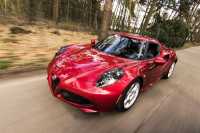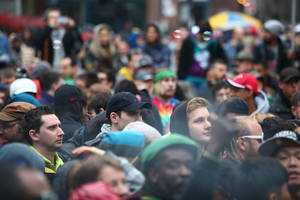Accidents & Violence, Author Interviews, Cannabis, JAMA, NYU / 23.06.2020
Increase in Traffic Fatalities Linked to Cannabis Laws Vary by State
MedicalResearch.com Interview with:
Julian Santaella Tenorio, MSc DrPH Epidemiology
Center for Opioid Epidemiology and Policy
Division of Epidemiology, Department of Population Health
New York University Langone School of Medicine,
New York, New York
MedicalResearch.com: What are the main findings?
 Response: This study found that recreational cannabis laws were associated with increases in traffic fatalities in Colorado (mean of 75 excess fatalities per year) but not in Washington State. These findings suggest that unintended effects of recreational cannabis laws can be heterogeneous and may be specific to variations in how these laws are implemented
(eg, density of recreational cannabis stores).
(more…)
Response: This study found that recreational cannabis laws were associated with increases in traffic fatalities in Colorado (mean of 75 excess fatalities per year) but not in Washington State. These findings suggest that unintended effects of recreational cannabis laws can be heterogeneous and may be specific to variations in how these laws are implemented
(eg, density of recreational cannabis stores).
(more…)
 Response: This study found that recreational cannabis laws were associated with increases in traffic fatalities in Colorado (mean of 75 excess fatalities per year) but not in Washington State. These findings suggest that unintended effects of recreational cannabis laws can be heterogeneous and may be specific to variations in how these laws are implemented
(eg, density of recreational cannabis stores).
(more…)
Response: This study found that recreational cannabis laws were associated with increases in traffic fatalities in Colorado (mean of 75 excess fatalities per year) but not in Washington State. These findings suggest that unintended effects of recreational cannabis laws can be heterogeneous and may be specific to variations in how these laws are implemented
(eg, density of recreational cannabis stores).
(more…)





